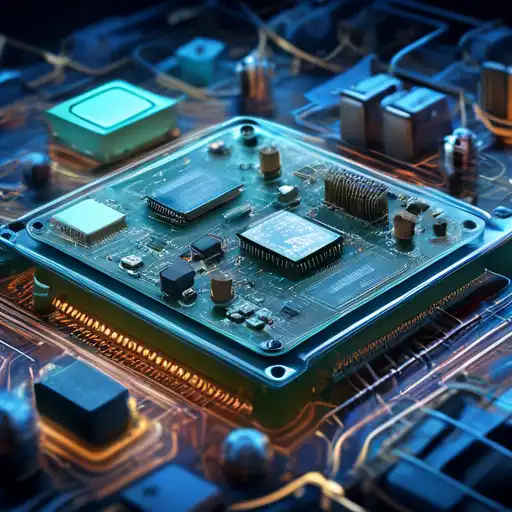The Hidden Heroes: How Embedded Systems Power Our Smart Devices
In the digital age, smart devices have become ubiquitous, seamlessly integrating into our daily lives. From smartphones to smart refrigerators, these devices rely on a critical component that often goes unnoticed: embedded systems. These specialized computing systems are the brains behind the operation, enabling devices to perform dedicated functions with efficiency and reliability.
Understanding Embedded Systems
Embedded systems are computer systems with a dedicated function within a larger mechanical or electrical system. They are designed to perform specific tasks, often with real-time computing constraints. Unlike general-purpose computers, which are designed to handle a wide range of tasks, embedded systems are optimized for their particular application, leading to increased performance and reduced power consumption.
The Role of Embedded Systems in Smart Devices
Smart devices leverage embedded systems to process data, connect to other devices, and interact with users. For example, a smart thermostat uses an embedded system to monitor temperature, learn user preferences, and adjust settings automatically. Similarly, wearable devices use embedded systems to track health metrics and provide feedback to users.
Key Components of Embedded Systems
- Microcontrollers: The heart of an embedded system, microcontrollers are compact integrated circuits designed to govern a specific operation in an embedded system.
- Sensors: These components collect data from the environment, such as temperature or motion, which the system then processes.
- Actuators: Actuators convert the system's electrical signals into physical action, such as turning on a light or adjusting a motor's speed.
- Communication Interfaces: These allow the embedded system to connect with other devices or networks, enabling features like remote control or data sharing.
Challenges and Innovations in Embedded Systems
As the demand for smarter and more connected devices grows, embedded systems face challenges such as power consumption, security, and scalability. Innovations like low-power microcontrollers and advanced encryption algorithms are addressing these challenges, paving the way for the next generation of smart devices.
The Future of Embedded Systems
The future of embedded systems is closely tied to the evolution of the Internet of Things (IoT). As more devices become connected, embedded systems will play a pivotal role in enabling seamless communication and automation. Advances in artificial intelligence and machine learning are also expected to enhance the capabilities of embedded systems, making smart devices even more intelligent and adaptive.
Embedded systems may not always be visible, but their impact is undeniable. They are the hidden heroes powering the smart devices that make our lives more convenient, efficient, and connected. As technology continues to advance, the role of embedded systems will only grow, further embedding them into the fabric of our digital world.
